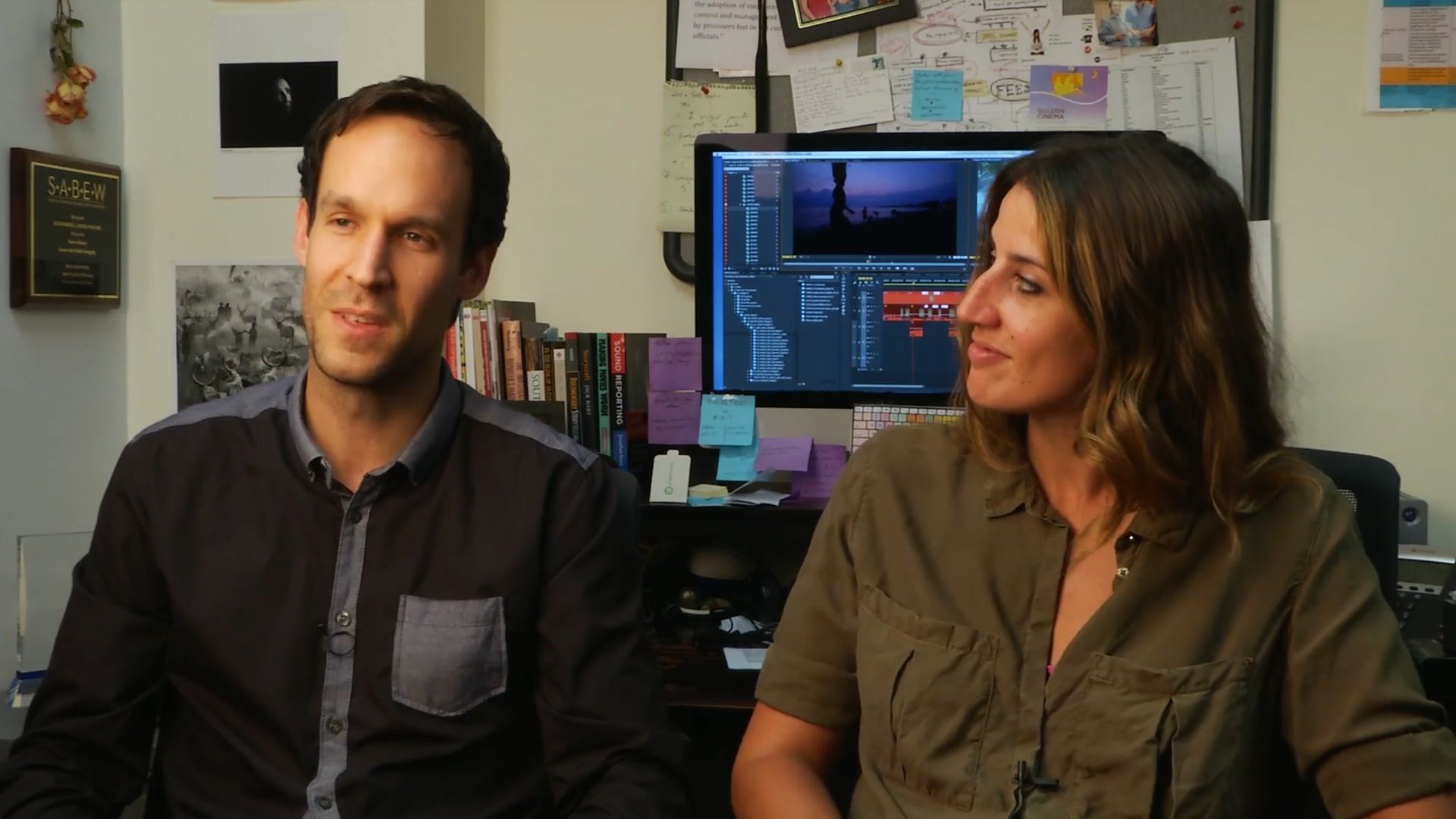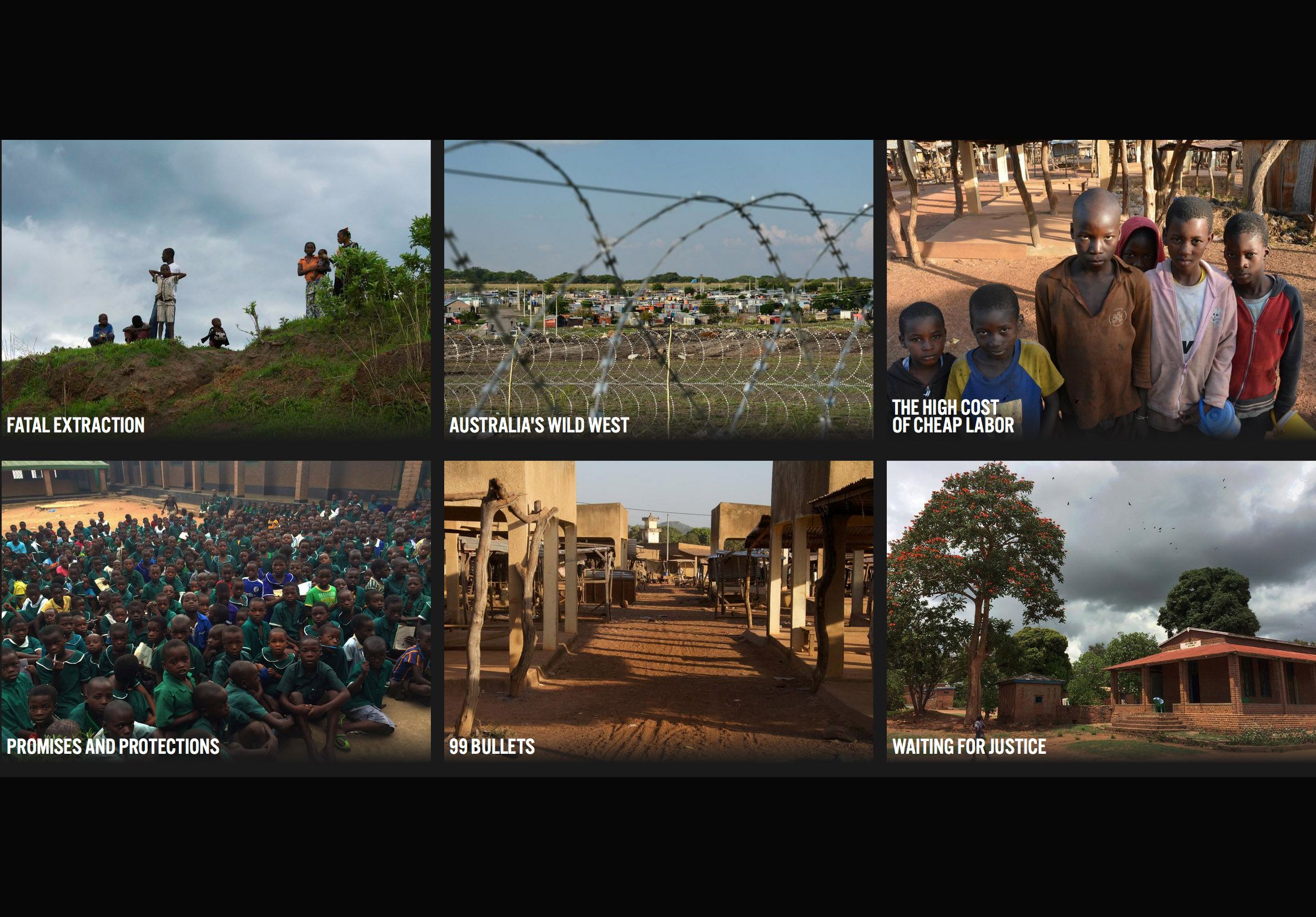Warm-up:
1. Look at your classroom. What items in your classroom do you think might be made from some of the following elements?
- Gold
- Diamonds
- Platinum
- Gold
- Copper
2. Which of the following items do you think are made from copper? Take a vote as a class.
- Plumbing
- Jewelry
- Electrics in a house
- Radios
- TV sets
- Air conditioners and Heaters
Introducing the Lesson:
The project Fatal Extraction investigates Australian companies that mine for the elements listed above in over 33 African countries. One of those companies, Anvil, mines heavily for copper.
1. Read the opening lines of the project Fatal Extraction below. On your own, or with a partner, predict what this project will explore. Who will be part of it? What might it find?
"Australia is a giant in African mining, but its vast — and in some cases deadly — footprint has never been examined. Australian-listed mining companies are linked to hundreds of deaths and alleged injustices which wouldn’t be tolerated in better-regulated nations."
Discussion:
2. Make a list of questions that you hope to answer as you review the project.
3. Review the resources and questions attached.
4. Create a list of questions for the journalists about the content and structure of the project. Email questions to [email protected].
5. Discuss how this article relates to you and your community. Consider the following:
- Why do you think it is important that people know about this project?
- What could be your role in getting the word out about the content of Fatal Extraction?
- Where do you see poor working conditions in your own community?
Use the attached resources and guiding questions to introduce students to the project Fatal Extraction by journalist-grantees Will Fitzgibbon and Eleanor Bell.
Fatal Extraction is a multi-media project that examines the impact of Australian mining companies on African communities. Accusations of violence, negligence, dangerous environmental practices and poor safety regulations are explored using photographs, videos, court documents and interviews. Through independent exploration and discussion, students are invited to engage in the following questions:
- What is a company’s responsibility to its employees and their communities?
- How might a company’s practices change when working in another country and what might be the negative impacts?
- What steps should you take when something unjust is happening in your community?
Note for lesson facilitation:
The lesson is written to be facilitated by a teacher, but can be adapted for students to explore independently.
The answer to the question in the warm up is that ALL of these items use copper.
Tip: Break the class into groups and assign one chapter to each group. Have each group take turns summarizing their section for the rest of the class.



